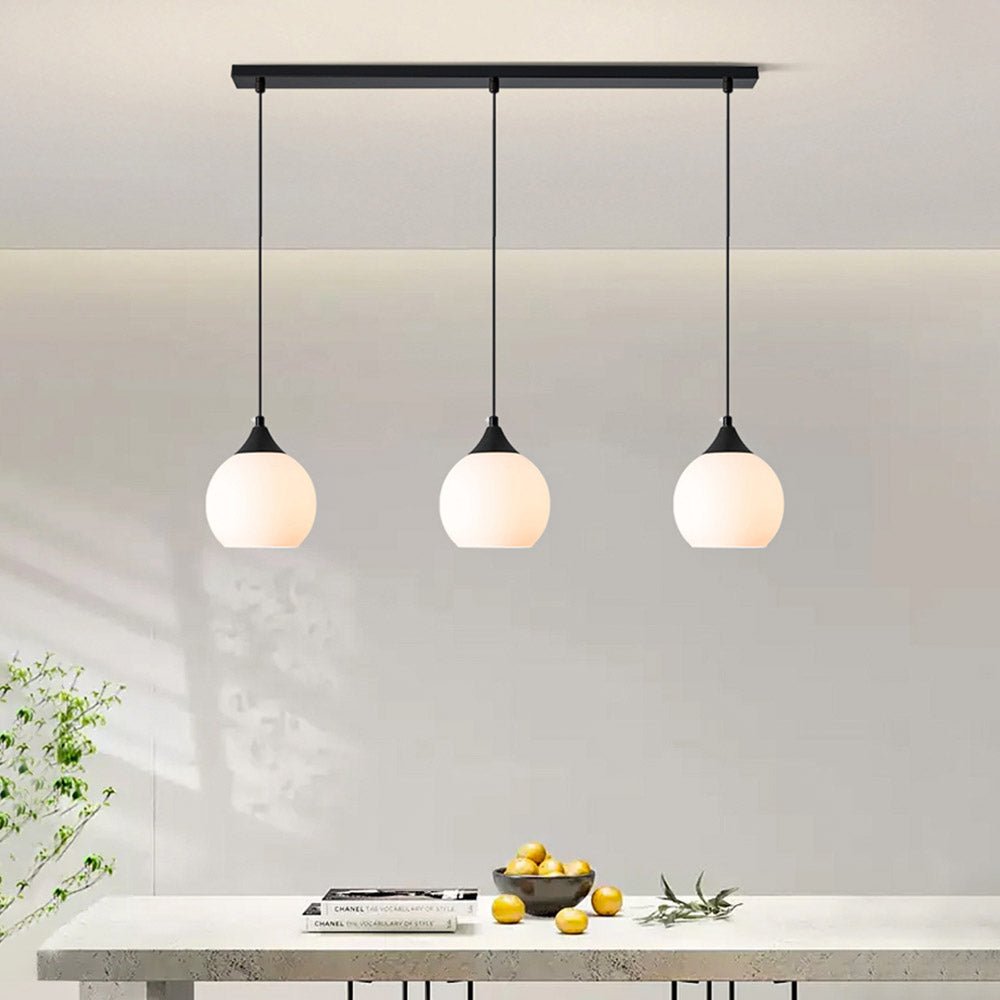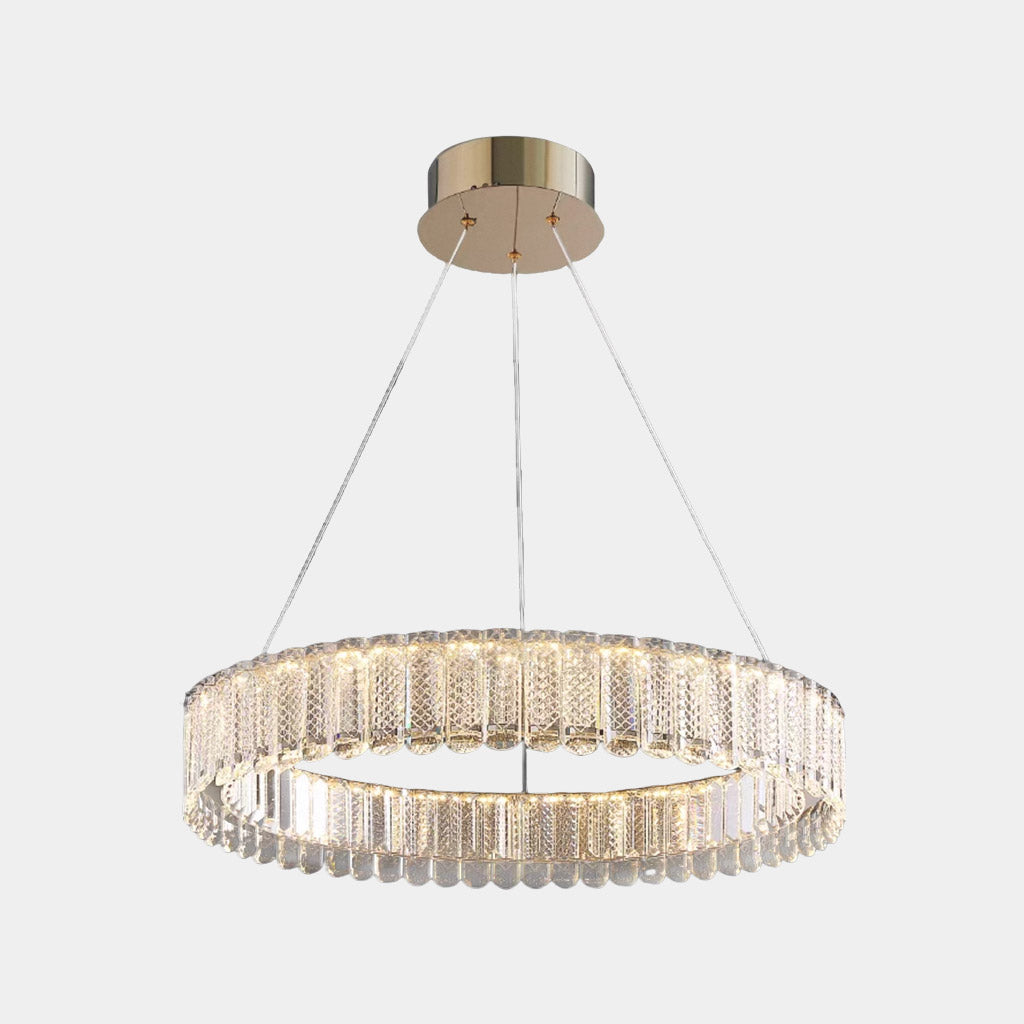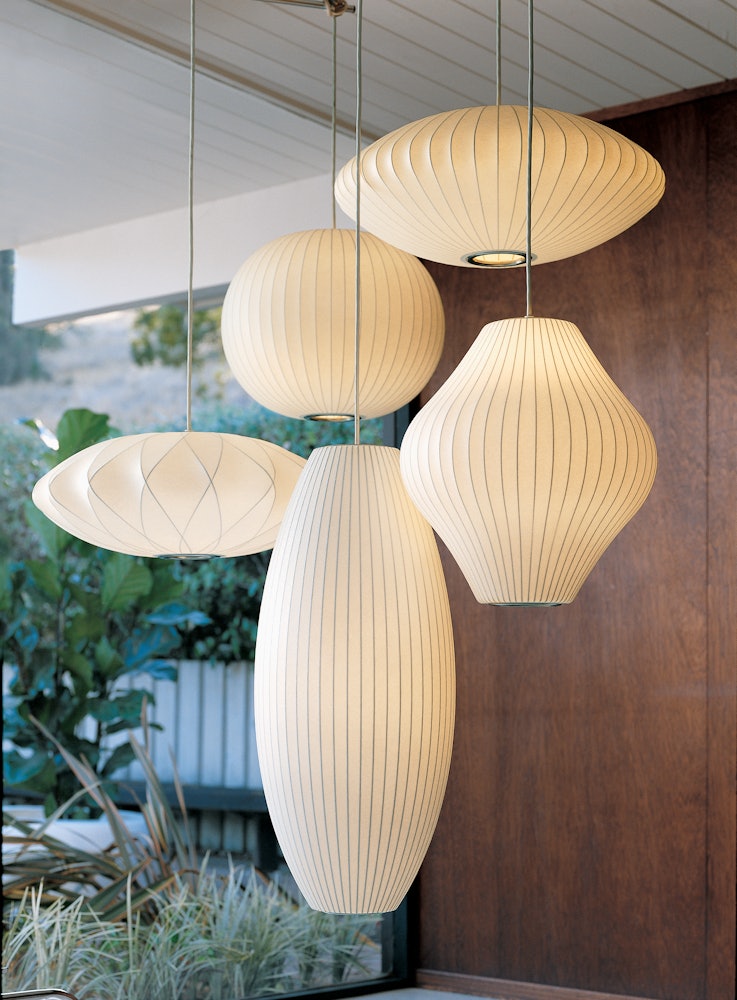The Science of Using a Pendant Light for Cozy Living Room Ambiance
Wiki Article
A Comprehensive Guide to Installing and Preserving Your Pendant Light
Mounting and preserving a necklace light requires careful preparation and implementation. Correct elevation measurements can improve both performance and style. Crucial tools and a clear installation procedure are important for an effective arrangement. Routine upkeep guarantees longevity and efficiency. Comprehending these components can transform a room. Knowing where to start might appear intimidating. What actions should one focus on to accomplish the most effective outcomes?Recognizing Pendant Light Styles
While lots of home owners look for to improve their areas with Pendant illumination, recognizing the numerous designs offered is necessary for making an educated choice. Pendant lights come in a wide range of layouts, each offering special visual and functional benefits. Traditional Pendant lights frequently feature timeless forms and materials, such as glass or steel, offering an ageless charm. Contemporary layouts, on the various other hand, might include cutting-edge products and strong colors to produce striking prime focus.Industrial-style pendants usually make use of basic materials like revealed light bulbs and rustic surfaces, suitable for lofts and modern-day settings. For an extra whimsical touch, vintage-inspired options evoke fond memories with intricate information and retro finishes. Additionally, minimal styles concentrate on simpleness and tidy lines, attracting those that like downplayed elegance. Comprehending these diverse designs permits home owners to pick Pendant illumination that not only enhances their decoration yet likewise serves their useful lights needs successfully.
Determining the Ideal Elevation for Your Pendant Light
How does one figure out the perfect elevation for a pendant light? To accomplish the best performance and visual charm, several aspects have to be thought about. Typically, a pendant light need to hang 30 to 36 inches over a dining table to assure ample illumination without blocking sights. Precede with high ceilings, the fixture may be placed a little higher to maintain proportionality.For kitchen islands, an elevation of 28 to 34 inches over the counter top is generally suggested, enabling appropriate light insurance coverage while preserving a welcoming ambience. In living areas, the Pendant must be hung at a height that enhances the surrounding design and does not develop a hazard for individuals strolling below it.
Eventually, individual choice and area measurements play substantial roles in identifying the ideal height. Evaluating different heights prior to last installation may assist accomplish the wanted result and functionality.
Tools and Materials Needed for Installation
Effective installment of Pendant lights requires a particular set of tools and products to assure a smooth process. Crucial devices include a screwdriver, cord pole dancer, and a drill, which assist in safe and secure fixture accessory and appropriate wiring. A voltage tester is important for validating security by making sure that power is off prior to starting any type of electric work.In enhancement to tools, specific materials are required for setup. These include the Pendant light fixture itself, electrical circuitry, wire nuts for secure connections, and placing hardware. A ceiling hook might also be required, relying on the component's design.
For included safety and ease, a ladder will certainly help in getting to high ceilings, while a level assures that the light hangs evenly. Preparing these tools and materials in advance enhances the installation procedure, making it extra reliable and efficient. Appropriate preparation is important to attaining a successful Pendant light installment.
Step-by-Step Setup Process
With the essential devices and products collected, the installation procedure for Pendant lights can start. The power supply ought to be turned off at the circuit breaker to ensure safety. Next, the installing brace needs to be connected to the electric box in the ceiling. After protecting it, the electrical expert's tape need to be utilized to cover any exposed cords.Following that, the Pendant light's cords are linked to the corresponding cables in the ceiling: black to black (or red), white to white, and green or copper for ground. As soon as the connections are made, they need to be protected with cable nuts.
The Pendant light can after that be connected to the placing bracket, ensuring it hangs at the desired elevation. Ultimately, the light bulb is placed, and the power is transformed back on at the circuit breaker, permitting the new Pendant light to light up the area.
Preserving and Cleansing Your Pendant Light
What actions should be required to assure the longevity and aesthetic appeal of Pendant lights? Regular upkeep and cleansing are vital in maintaining their beauty and performance. Dirt and dust can accumulate on Pendant lights, lessening their sparkle. To clean up, a soft, lint-free cloth or microfiber towel ought to be utilized, together with a mild cleaner ideal for the surface area product - Pendant Light. For glass or crystal necklaces, a glass cleaner can enhance clarity without touchesIt is suggested to turn off the light and enable it to cool before cleaning. Furthermore, checking the component for loosened light bulbs or links occasionally guarantees safety and top performance. Transforming light bulbs routinely avoids strain on electrical elements if appropriate. Lastly, keeping a risk-free setting by staying clear of direct exposure to dampness can greatly extend the life of Pendant lighting. Adhering to these actions will certainly keep Pendant lights looking their best while functioning effectively.
Repairing Typical Pendant Light Issues
When pendant lights malfunction, numerous typical issues might develop, including flickering light bulbs, incorrect installment, and voltage fluctuations. Identifying the origin reason is important for effective troubleshooting and making certain peak performance. Attending to these issues immediately can boost the durability and capability of Pendant illumination fixtures.Flickering Light Light Bulbs
Flickering light bulbs can be a source of frustration for property owners, usually indicating underlying electric issues or basic maintenance needs. This sensation may originate from loose light bulb links, where the bulb is not firmly matched the outlet, creating periodic call (Pendant Light). Additionally, malfunctioning or aging bulbs may flicker as they near completion of their lifespan. An additional typical reason is inconsistent voltage, which can develop from issues within the electrical system or straining circuits. Property owners need to additionally check for damaged circuitry, as this can cause flickering and present safety and security threats. Normal evaluations and timely replacements are vital to assure correct capability and to preserve a secure home atmosphere. Identifying the source without delay can avoid more difficulties
Inaccurate Installment Issues
Inappropriate installment of Pendant lights can cause a series of problems that may resemble those triggered by flickering bulbs. Usual problems include loosened wiring links, which can interrupt the flow of electricity and cause recurring lighting. In addition, if the placing brace is not safely fastened, the Pendant might hang unevenly, developing an unstable component that can create vibrations or noise. Inaccurate bulb types or power level can also add to efficiency concerns, as inappropriate bulbs may not work effectively in the fixture. Lastly, poor spacing from the ceiling can create darkness or lower light circulation, reducing the designated impact of the Pendant light. Identifying and attending to these installment mistakes is necessary for attaining proper functionality and visual charm.Voltage Fluctuation Issues
Although Pendant lights can enhance an area's setting, voltage variations can result in considerable efficiency issues. These fluctuations may cause flickering lights, reduced illumination, or even early light bulb failure. To identify such problems, one must first examine the light fixture's compatibility with the read the article voltage supply. Making use of a multimeter can assist gauge voltage degrees and determine irregularities. If voltage problems persist, it might be necessary to examine the electric system for loosened links or malfunctioning electrical wiring. Sometimes, consulting a certified electrician is a learn this here now good idea to ensure safety and conformity with local codes. Effectively dealing with voltage variations not just improves the performance of Pendant lights yet additionally extends their lifespan and enhances overall lights top quality.Enhancing Your Space With Pendant Light Positioning
Reliable Pendant light placement can substantially boost a room by sticking to optimal elevation standards, guaranteeing the best illumination degree. Layering these lights with various other sources can develop a well balanced atmosphere, highlighting prime focus within the room. Attaining an unified appearance needs cautious factor to consider of both the fixture's placement and its partnership with surrounding components.Optimal Height Guidelines
When pondering the optimal elevation for Pendant lights, a basic guideline suggests hanging them about 30 to 36 inches over a counter top or table surface area. This height enables optimum illumination while making certain that the light does not obstruct sights or develop dangers. In dining areas, Pendant lights need to be positioned to improve the dining experience, normally around 28 to 34 inches above the table. For kitchen area islands, preserving harmony throughout several pendants can create a cohesive appearance; spacing them evenly and adhering to the suggested elevation improves capability. It is necessary to think about ceiling elevation too, as higher ceilings may need adjustments to maintain symmetry and aesthetic charm. Correct elevation placement greatly adds to the total ambiance of a room.Layering With Other Lights
As Pendant lights are incorporated into a more comprehensive illumination layout, they can greatly boost the environment of an area. Their versatility enables them to be layered with ambient, job, and accent illumination, producing a harmonious balance. Integrating pendant lights with recessed lighting can give general lighting while highlighting certain locations. Job illumination, such as under-cabinet lights, can enhance necklaces in cooking areas, guaranteeing performance without giving up style. Accent lights, like wall sconces, can even more improve the atmosphere, drawing attention to artwork or building features. By strategically positioning these source of lights, property owners can attain depth and dimension, changing an ordinary room right into a beautifully lit up establishing that satisfies numerous tasks and moods.Prime Focus and Equilibrium

Tactically positioned Pendant lights can function as charming prime focus within a room, drawing the eye and enhancing the general aesthetic. When picking pendant lights, it is vital to think about their shade, shape, and size to ensure they enhance the existing décor. For instance, a strong, large Pendant can develop a striking centerpiece over a table, while smaller components may function much better in collections to attain a well balanced appearance. In addition, positioning Pendant lights at differing heights can include deepness and aesthetic interest to the space. Keeping balance with other aspects, such as furnishings and wall shades, will guarantee that the Pendant lights improve the room without overwhelming it. Thoughtful placement changes the setting, developing a harmonious and welcoming environment.
Frequently Asked Questions
Can I Install a Necklace Light in a Recessed Ceiling?
The question of whether a necklace light can be installed in a recessed ceiling commonly occurs. Generally, it is possible with proper mounting equipment, making certain proper assistance and electric connections for efficient and risk-free installation.What Sort of Light Bulb Is Finest for Pendant Lighting?
When selecting light bulbs for Pendant lights, LED options are frequently chosen as a result of their energy effectiveness and long life. Furthermore, the shade temperature level should match the wanted setting, with cozy white being a preferred choice for cozy settings.Are Pendant Lighting Safe for Outdoor Use?

Exactly how Do I Select the Right Pendant Light Wattage?
Picking the appropriate Pendant light electrical power entails assessing the room's size, wanted brightness, and fixture compatibility. Commonly, reduced wattages suit ambient lighting, while greater wattages give job lights, ensuring functionality and aesthetic allure.Can I Make Use Of a Dimmer Switch Over With My Pendant Light?
The question occurred whether a dimmer button could be utilized with a necklace light. Typically, if the light and bulb work, a dimmer button can successfully improve setting and control brightness degrees.
When pendant lights malfunction, several typical problems might arise, consisting of flickering light bulbs, inaccurate setup, and voltage variations. Incorrect installation of Pendant lights can lead to a range of problems that might appear like those created by flickering bulbs. Inadequate spacing from the ceiling can develop darkness or minimize light distribution, decreasing the intended impact of the Pendant light. Efficient Pendant light placement can substantially boost a space by sticking to perfect height guidelines, making certain the ideal illumination degree. When selecting bulbs for Pendant lights, LED alternatives are typically chosen due to their power performance and durability.
Report this wiki page